Powerful Physically-based Rendering Engine
AMD Radeon™ ProRender is a powerful physically-based rendering engine that lets creative professionals use open industry standards to leverage GPU and CPU performance to produce stunningly photorealistic images in Autodesk® 3ds Max®.
Fast, easy, and incredible, Radeon™ ProRender is available as a plug-in for 3ds Max® and can be used to render anything – product designs, architectural visualizations, visuals effects, and more.
Our plug-in fully integrates Radeon™ ProRender into 3ds Max® 2018, 2019, and 2020 for Microsoft Windows®, meaning you can use its existing lights, materials, and textures, and it renders your geometry accurately. Radeon™ ProRender also comes with a library of materials to get you started.

Physically Based
Features an extensive native physically-based material and camera system to enable true design decisions with global illumination.

Hardware Agnostic
Radeon™ ProRender is hardware agnostic. If your computer can run OpenCL™ 1.2, it can run Radeon™ ProRender on your CPU or GPU.

Fully Integrated
Whatever your chosen workflow, Radeon™ ProRender is fully integrated into 3ds Max® 2018 and higher.

AI-Accelerated Denoising
Radeon™ ProRender harnesses the power of machine learning to produce high-quality final and interactive renders in a fraction of the time traditional denoising takes.


Environment and Sky
Radeon™ ProRender has its own environment setup, letting you work in IBL or Sky mode, together with emissive light setups and lights from HDRI environments.

Material Library
Radeon™ ProRender comes with its own optimized material library, providing an easy starting point and reference point for creating your own shaders.

Adaptive Sampling
Radeon™ ProRender lets you set a threshold for noise in your render, accelerating render times while enabling higher-quality renders.

Plays Nice with Others
Radeon™ ProRender plays nice with output from Substance and Quixel, and supports X-Rite AxF™.


- AI-Accelerated Denoising for both final and interactive rendering.
- Adaptive Sampling accelerates render times while enabling higher-quality renders.
- Improved subdivision of surfaces with Adaptive Subdivision can speed up workflows.
- Support for iterative progressive resolution rendering in ActiveShade.
- Simplified sampling -- all rendering samples are used for anti-aliasing.
- Native tone mapping and exposure controls.
- Depth map rendering capability, allowing the processing of depth of field manually.
- ActiveShade viewport integration means you can work with Radeon™ ProRender in real-time and see your changes as you make them.
- Built on the OpenCL™ standard, Radeon™ ProRender is hardware agnostic, so it runs on virtually any hardware that supports OpenCL™, including virtually any combination of GPUs and CPUs.
- Near linear rendering performance scaling when adding additional GPUs.
- Render modes support global illumination, direct illumination (with/without shadow), wireframe, diffuse albedo, position, normal, texture coordinates, ambient occlusion.
- AOVs for post processing including support for opacity, world coordinates, UVs, material index, geometric normals, shading normal, reflections, and diffuse lighting.
- Control over frame completion and rendering – pause, set render pass limits and duration.
- Animations of frames can be exported in the .rpr format.
- Batch/background and region rendering support.
- Displacement and Renderstamp support.
- Updated separately-installed Material Library with 300+ materials that use the Radeon™ ProRender Uber Shader so they’re easy to use as starting points for your own materials.
- Updated Uber Shader with more realistic defaults, enhanced subsurface scattering, diffuse backscattering, a simplified caustics option, and an improved clear coat appearance.
- Ambient Occlusion node for enhanced procedural texture workflows.
- Texture color space controls – set the color space to either sRGB or linear.
- PBR shader material that closely matches Unreal® Engine’s PBR materials.
- Shadow Catcher material for compositing objects to IBL (Image-Based Lighting) environments or backplate images.
- Supports X-Rite’s Appearance Exchange Format (AxF™). Learn more at Xrite.com (link to third-party site)1.
- Convert Arnold and V-Ray materials to Radeon™ ProRender materials.
- Physically correct materials and lighting allow you to make true design decisions with global illumination – including caustics.
- Import/export Radeon™ ProRender materials, including those from Autodesk® Maya®.
- Materials are simple to use and editable in the 3ds Max® Material Slate Editor.
- UV generation and basic transform info for maps, which include scaling, offset, and rotations.
- Change textures and apply tiling/scaling while rendering in ActiveShade.
- Supports Corona materials.
- Light Shader that creates realistic lighting, including area light shapes, color temperature, and texture maps.
- IES lights support lets you use the exact scattering and fall-offs of real-world lighting.
- Includes photometric lighting – supports IBL environments and a sun/sky system with time of day and location setting, control of sun/sky atmospherics, soft shadows, sky albedo and turbidity.
- Emissive materials and textured emission to allow any geometry emit light.
- Real world unit support (lumen/lux/candela/kelvin).
- Supports HDRI environment mapping and lighting.
- Supports 3ds Max® lights and tone mapping.
- Portal light and backplate image support.
- Ground plane shadows and reflections.
- Manage/select different cameras which are rendered in interactive mode via ActiveShade.
- Depth of field (DOF) and motion blur support.
- Supports 3ds Max® camera presets.
- Virtual Reality (VR) camera support.
- Supports Autodesk® 3ds Max® 2018, 3ds Max® 2019, and 3ds Max® 2020.
- glTF (GL Transmission Format) support for easy export of assets to other applications while preserving materials.
- Reorganized render settings allow for clearer user control, helping improve workflows.
- Viewport update including undo/redo tracking and smart caching.
- Large scene export optimization and .rpr export format.
- Integrates into existing 3ds Max® workflows.
- Batch/background rendering.
- MaxScript support.

Autodesk® 3ds Max® 2018, Autodesk® 3ds Max® 2019, and Autodesk® 3ds Max® 2020
Microsoft Windows® 7, 10 64-bit
Microsoft Windows® 10 64-bit (non-AMD GPU)
Hardware
Runs on both GPUs and CPUs. OpenCL™ 1.2 required for GPUs
AMD graphics cards are recommended
For non-AMD OpenCL™ 1.2 cards, Windows® 10 64-bit is required
Recommended Graphics Hardware:
- AMD Radeon™ Pro W and WX series graphics cards, Radeon™ Pro SSG graphics, Radeon™ Pro Duo (“Polaris”) graphics, Radeon™ Vega Frontier Edition graphics cards, Radeon™ VII graphics, and AMD FirePro™ W9100, W8100, W7100 and S series graphics cards
Recommended AMD Graphics Hardware:
- AMD Radeon™ Pro Duo (“Fiji”) graphics, Radeon™ RX series graphics cards, R9 Fury series graphics cards, R9 Nano graphics, R9 300 series graphics cards, R9 290X graphics, R9 290 graphics, R9 285 graphics, R9 280X graphics, R9 280 graphics
Footnotes
DISCLAIMERS AND ATTRIBUTIONS
Title image created by Pablo Castaño Norkus using AMD Radeon™ ProRender for Autodesk® 3ds Max.
- Links to third party sites are provided for convenience and unless explicitly stated, AMD is not responsible for the contents of such linked sites and no endorsement is implied.
Autodesk, the Autodesk logo, and 3ds Max are registered trademarks or trademarks of Autodesk, Inc., and/or its subsidiaries and/or affiliates in the USA and/or other countries. Microsoft and Windows are registered trademarks of Microsoft Corporation in the US and other jurisdictions. OpenCL is a trademark of Apple Inc. used by permission by Khronos Group Inc. Other product names used in this publication are for identification purposes only and may be trademarks of their respective companies.
DISCLAIMERS AND ATTRIBUTIONS
Title image created by Pablo Castaño Norkus using AMD Radeon™ ProRender for Autodesk® 3ds Max.
- Links to third party sites are provided for convenience and unless explicitly stated, AMD is not responsible for the contents of such linked sites and no endorsement is implied.
Autodesk, the Autodesk logo, and 3ds Max are registered trademarks or trademarks of Autodesk, Inc., and/or its subsidiaries and/or affiliates in the USA and/or other countries. Microsoft and Windows are registered trademarks of Microsoft Corporation in the US and other jurisdictions. OpenCL is a trademark of Apple Inc. used by permission by Khronos Group Inc. Other product names used in this publication are for identification purposes only and may be trademarks of their respective companies.




